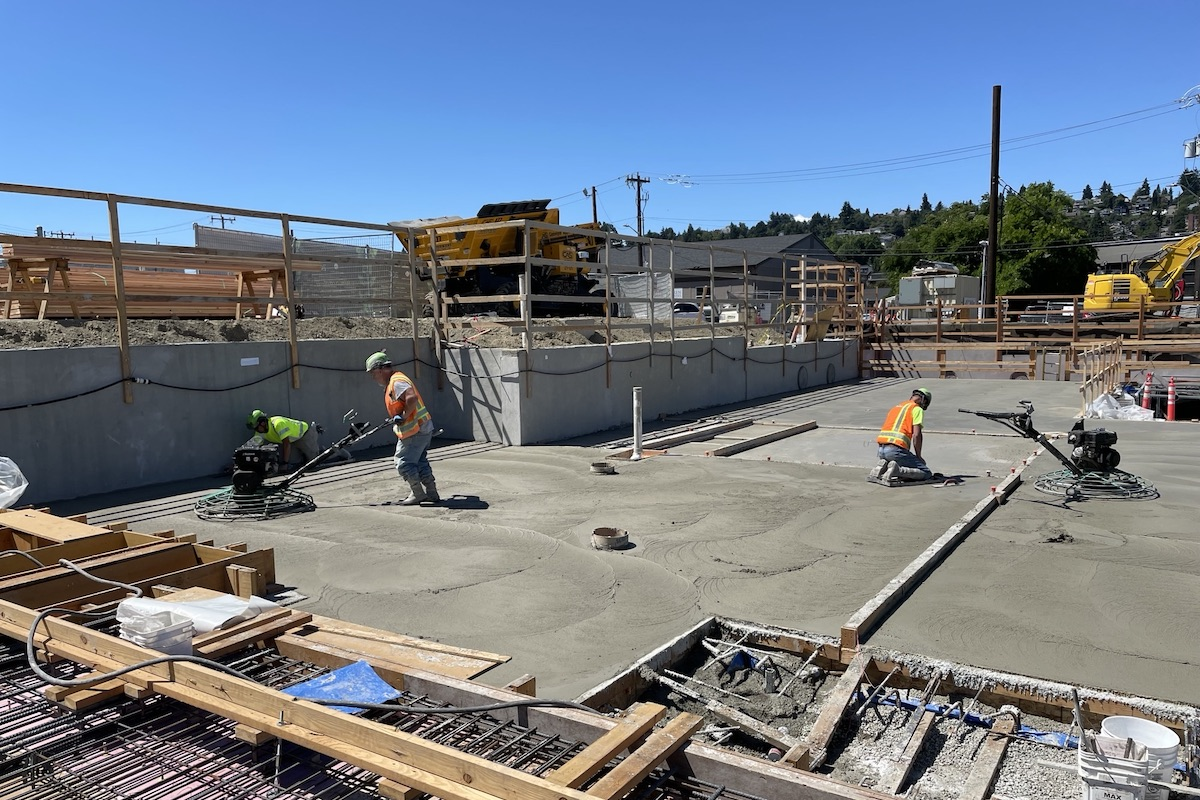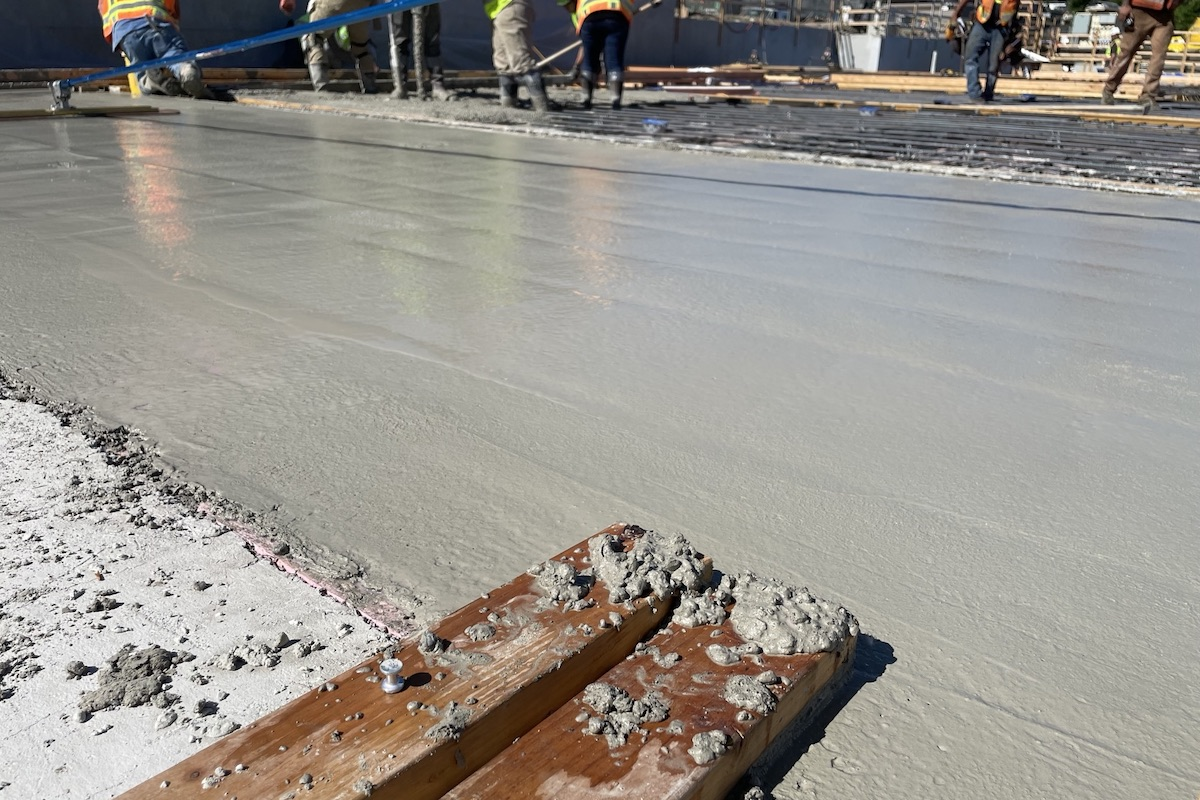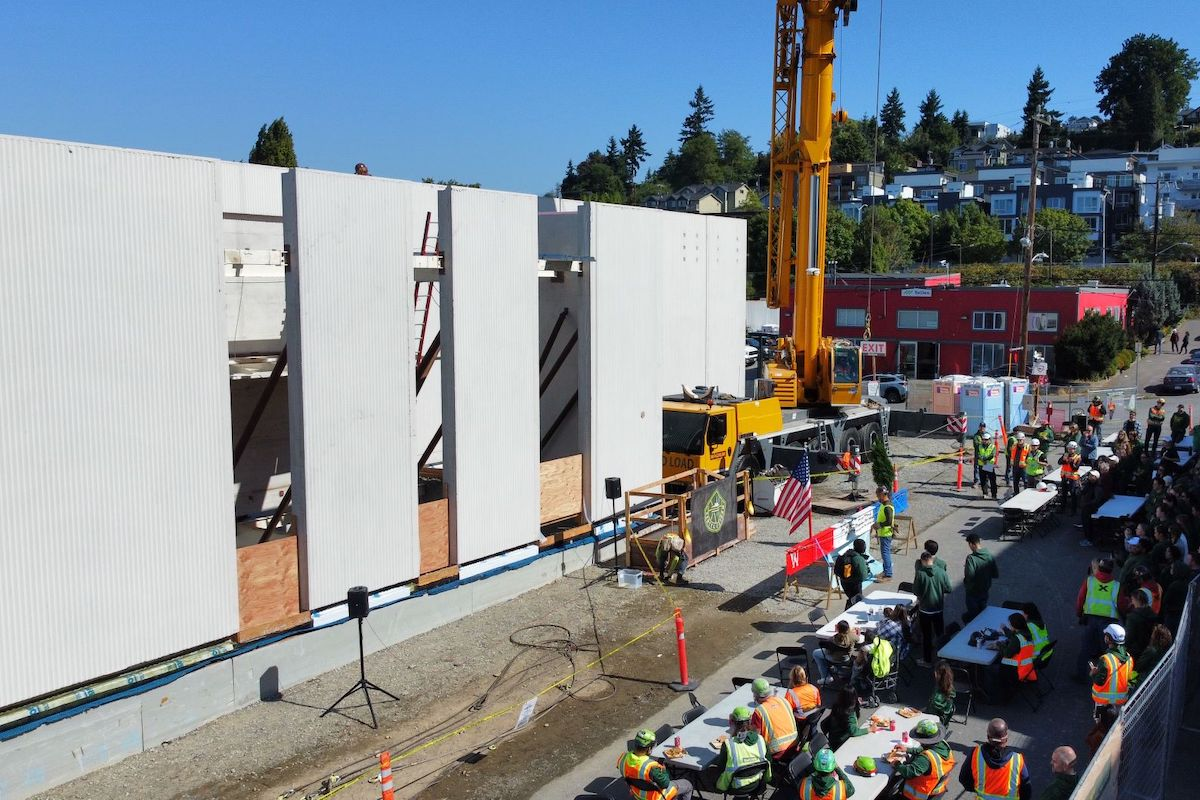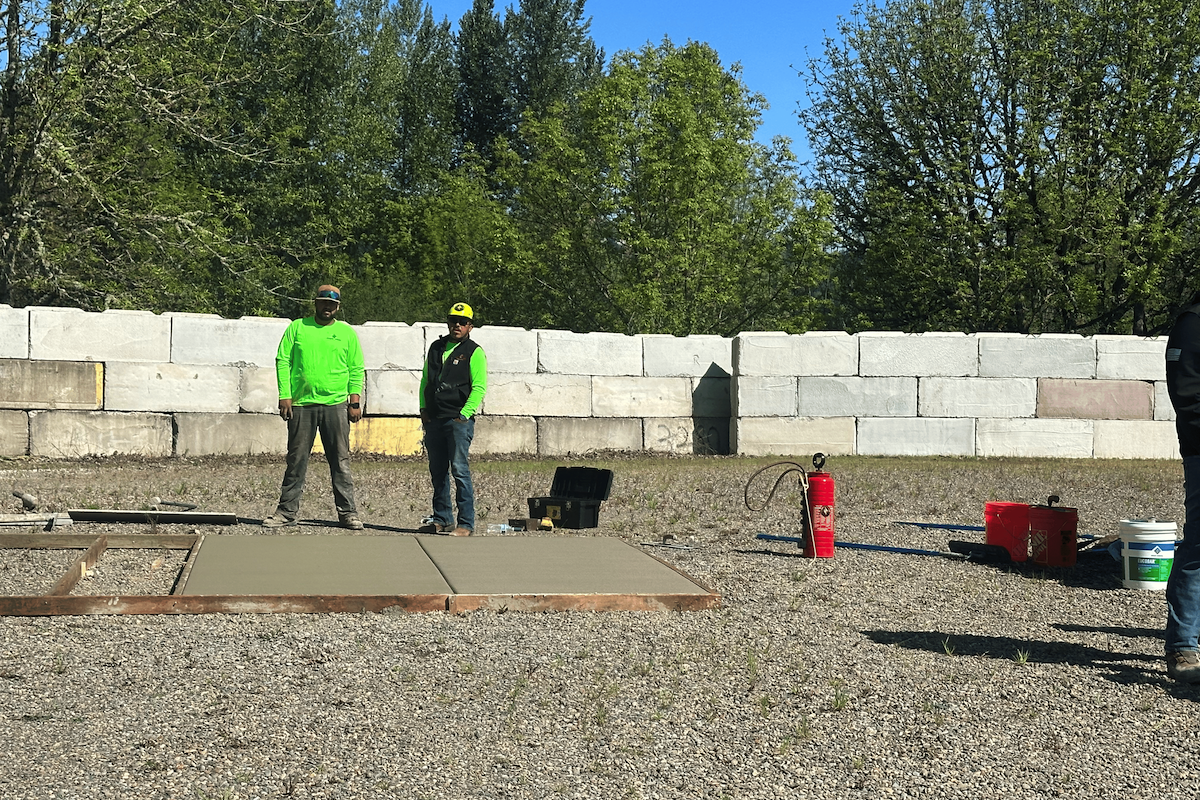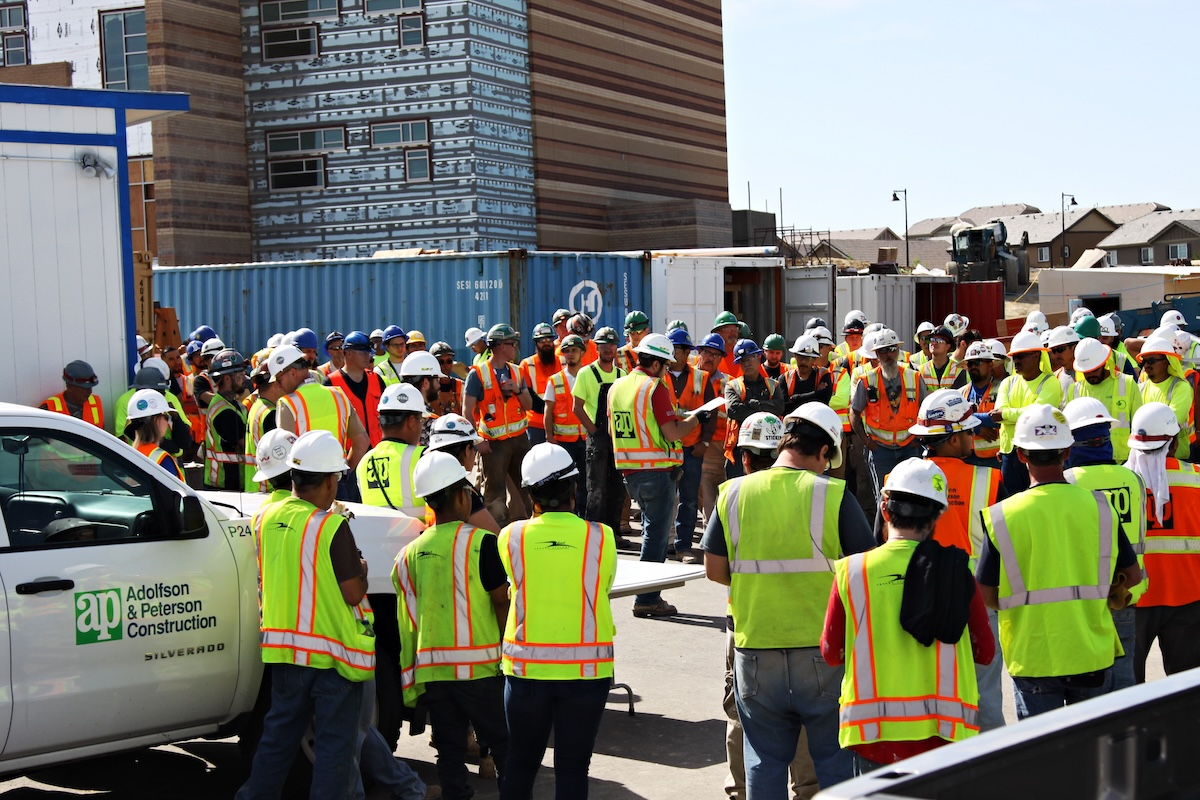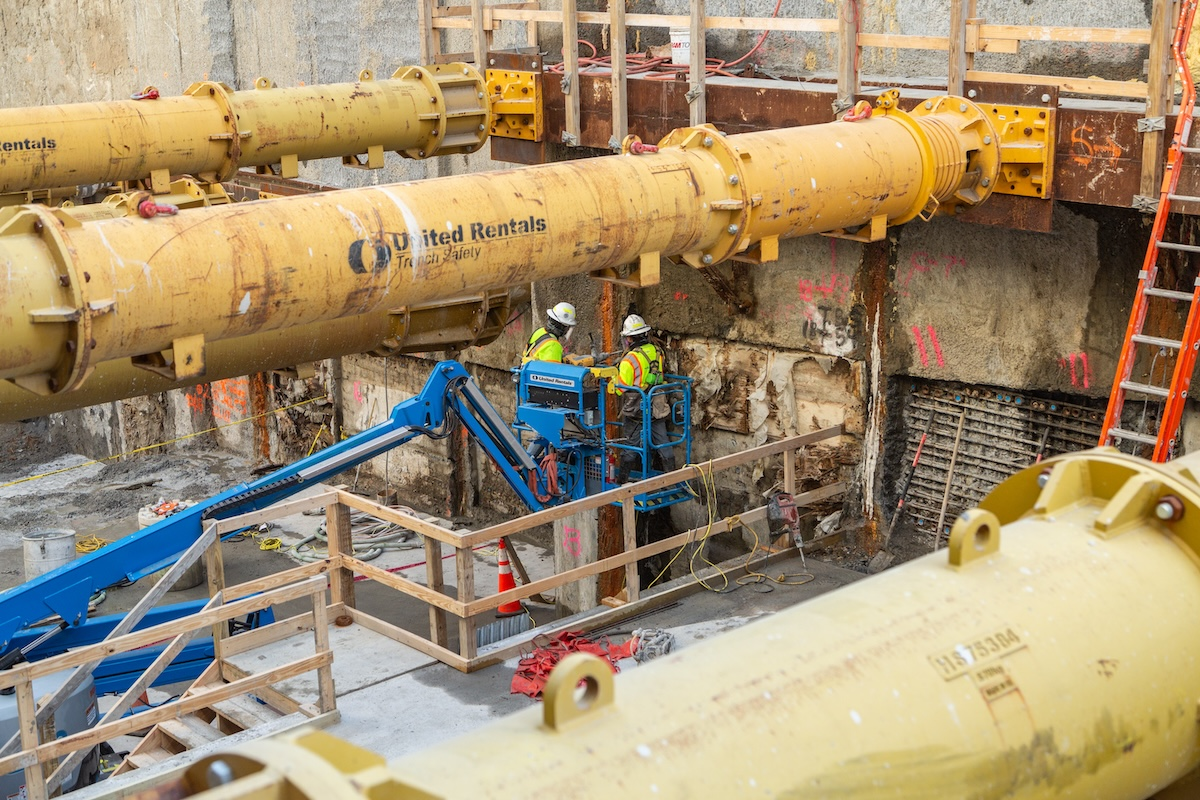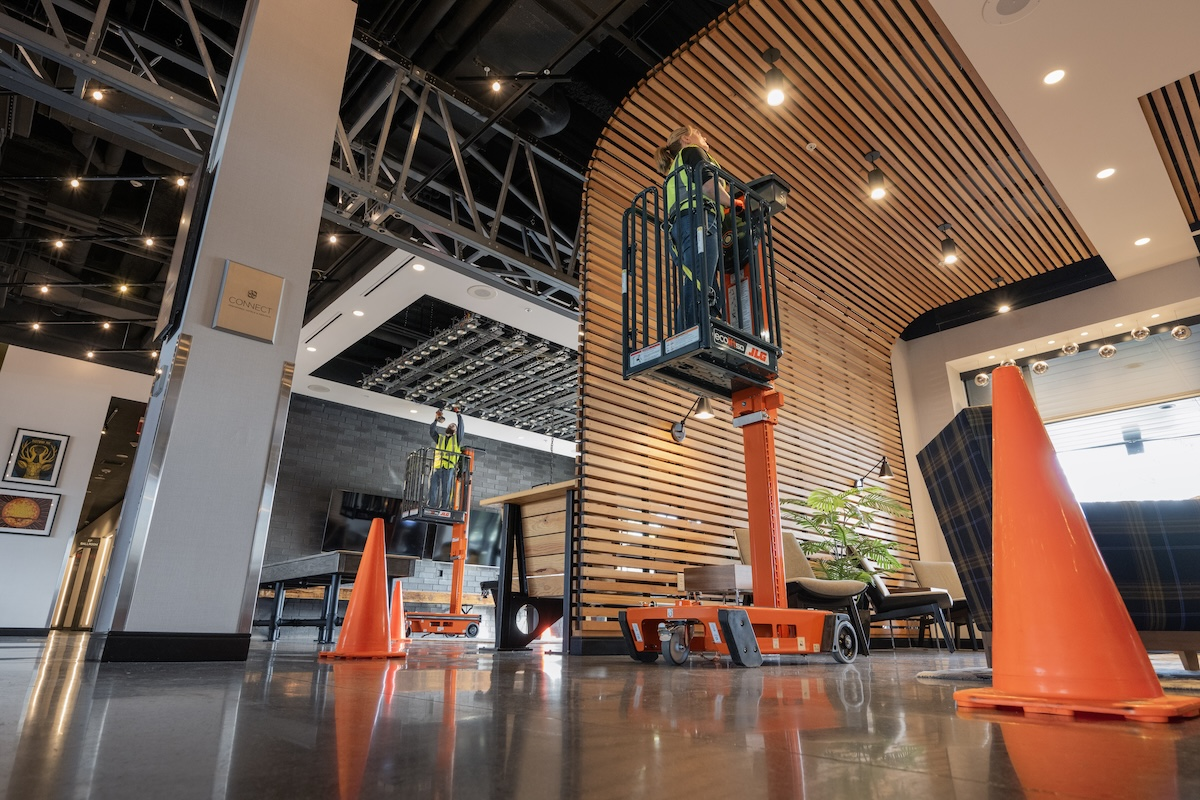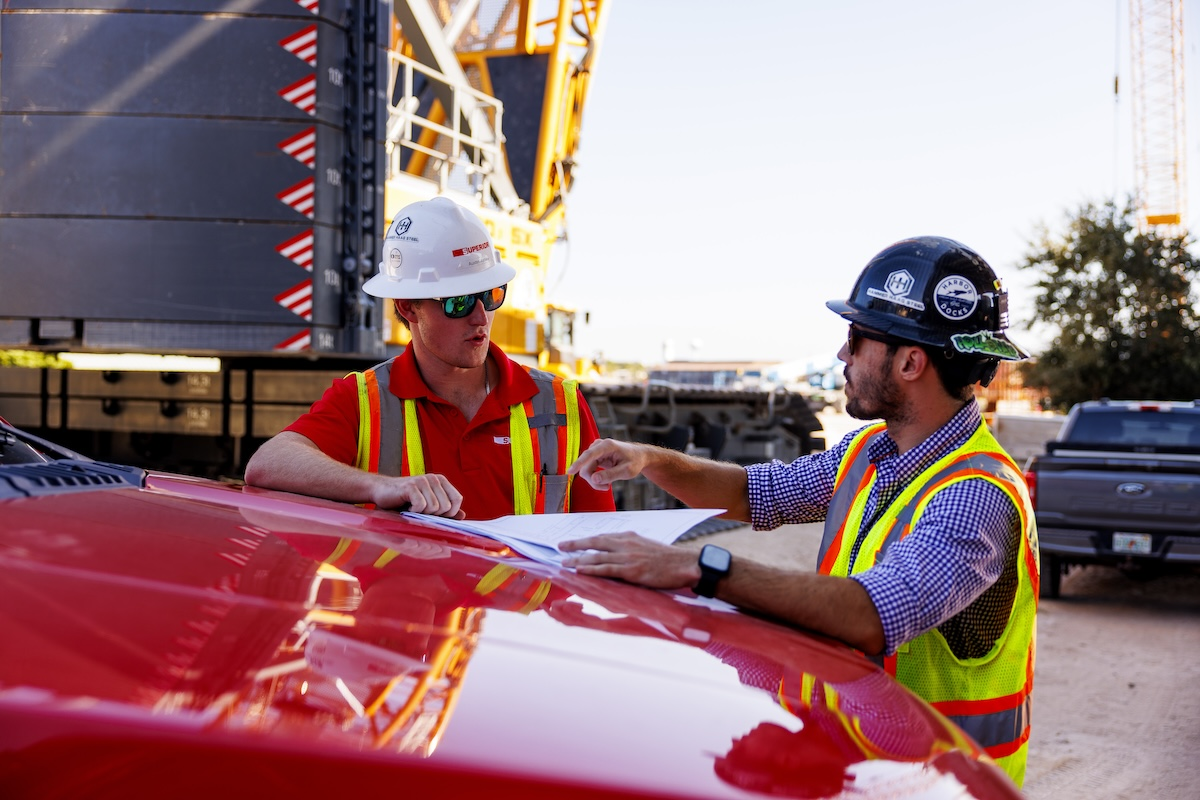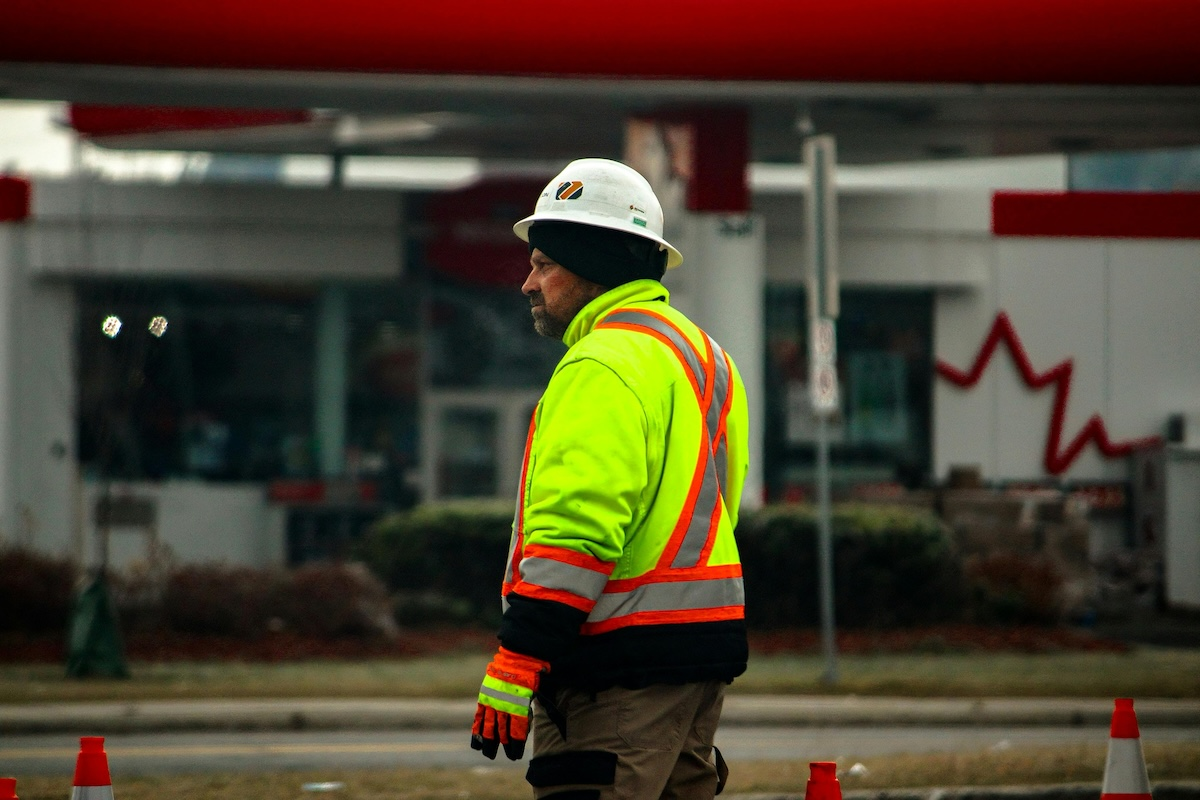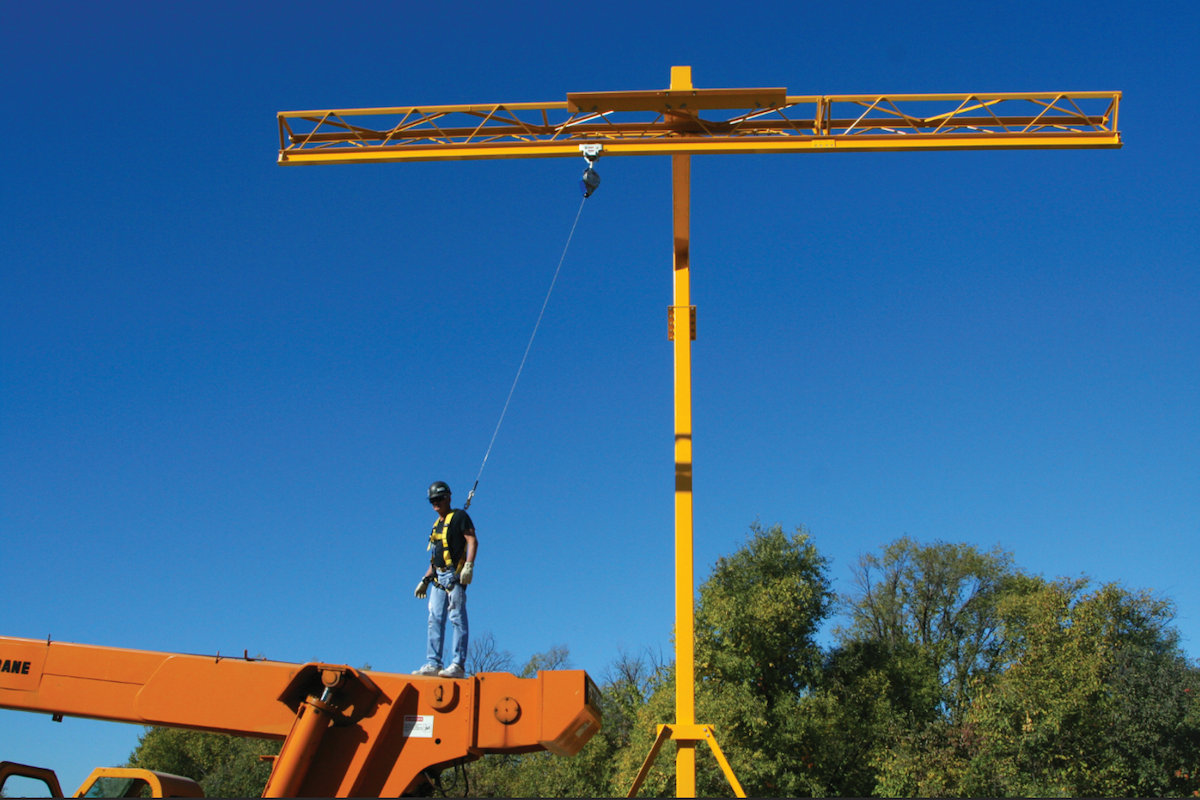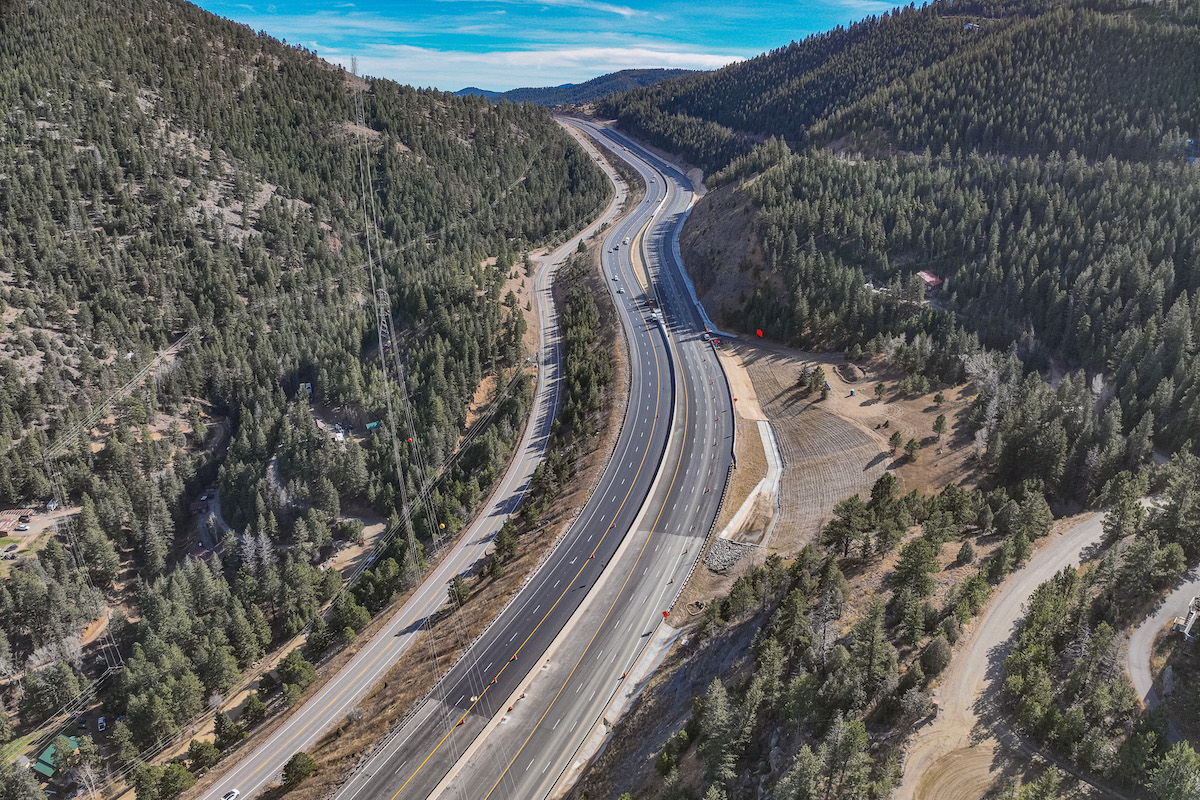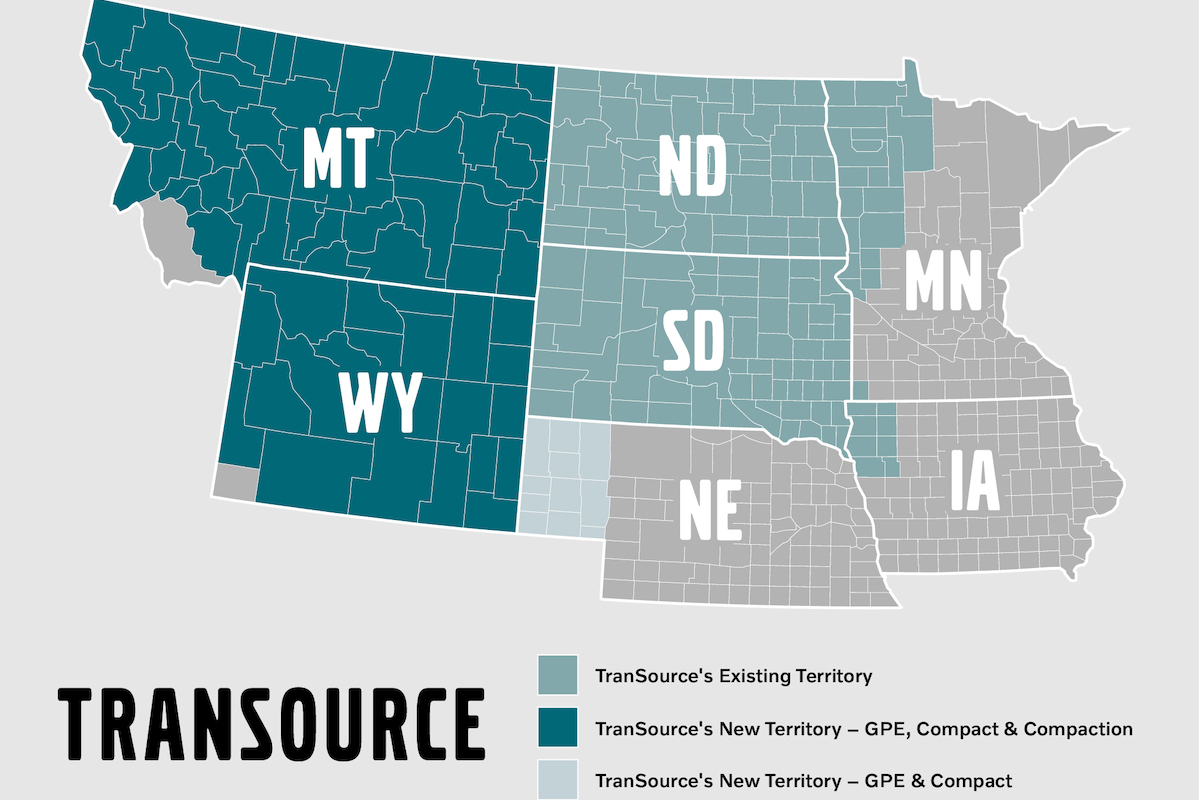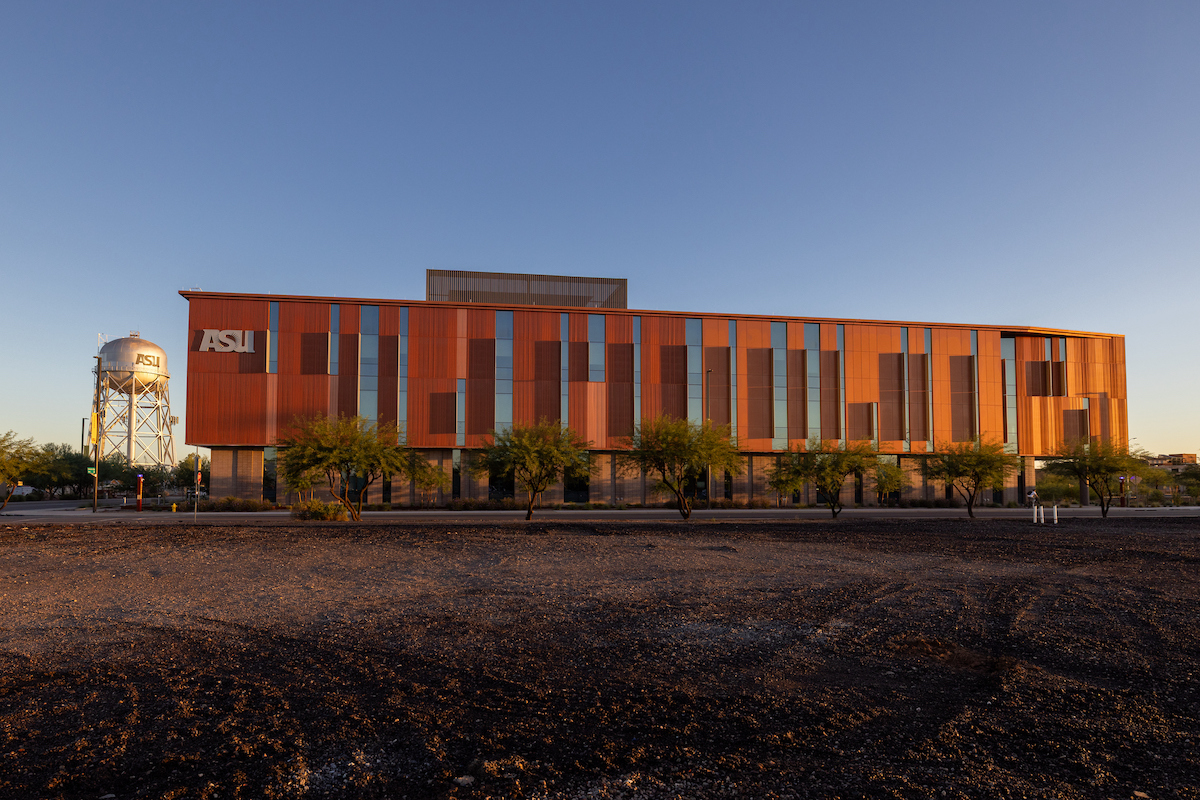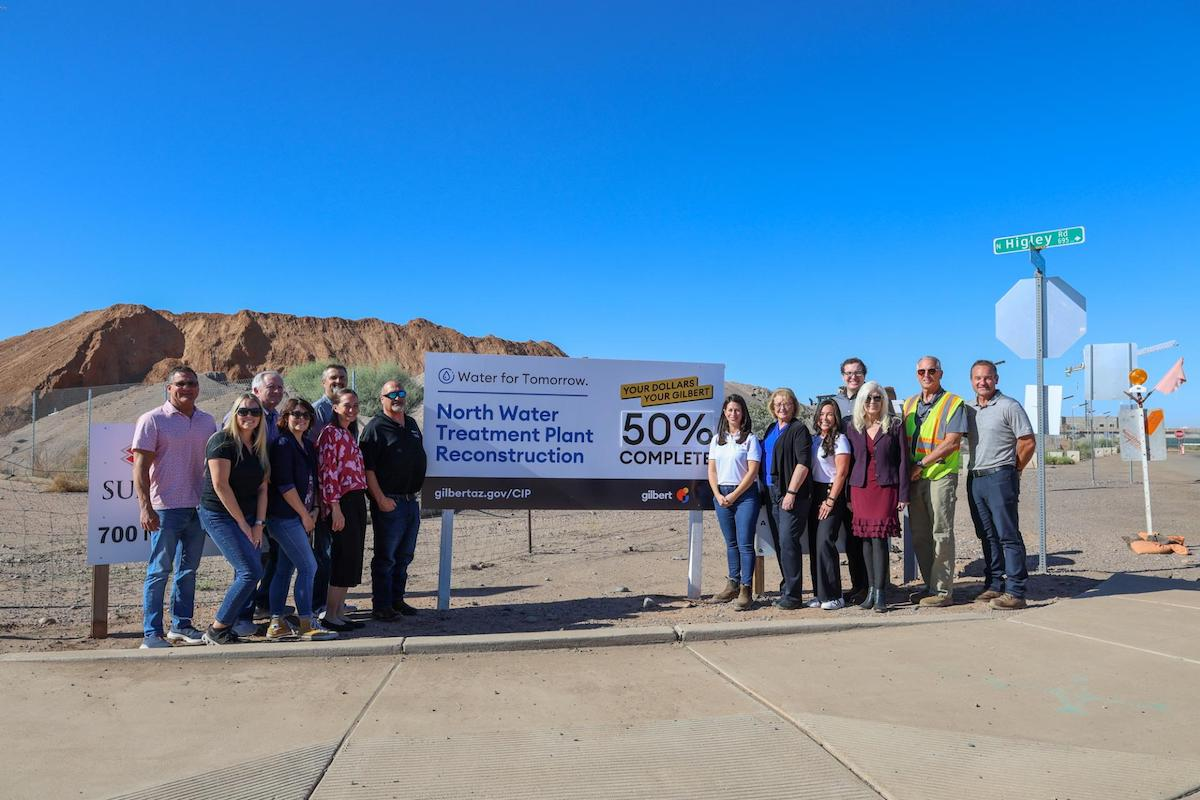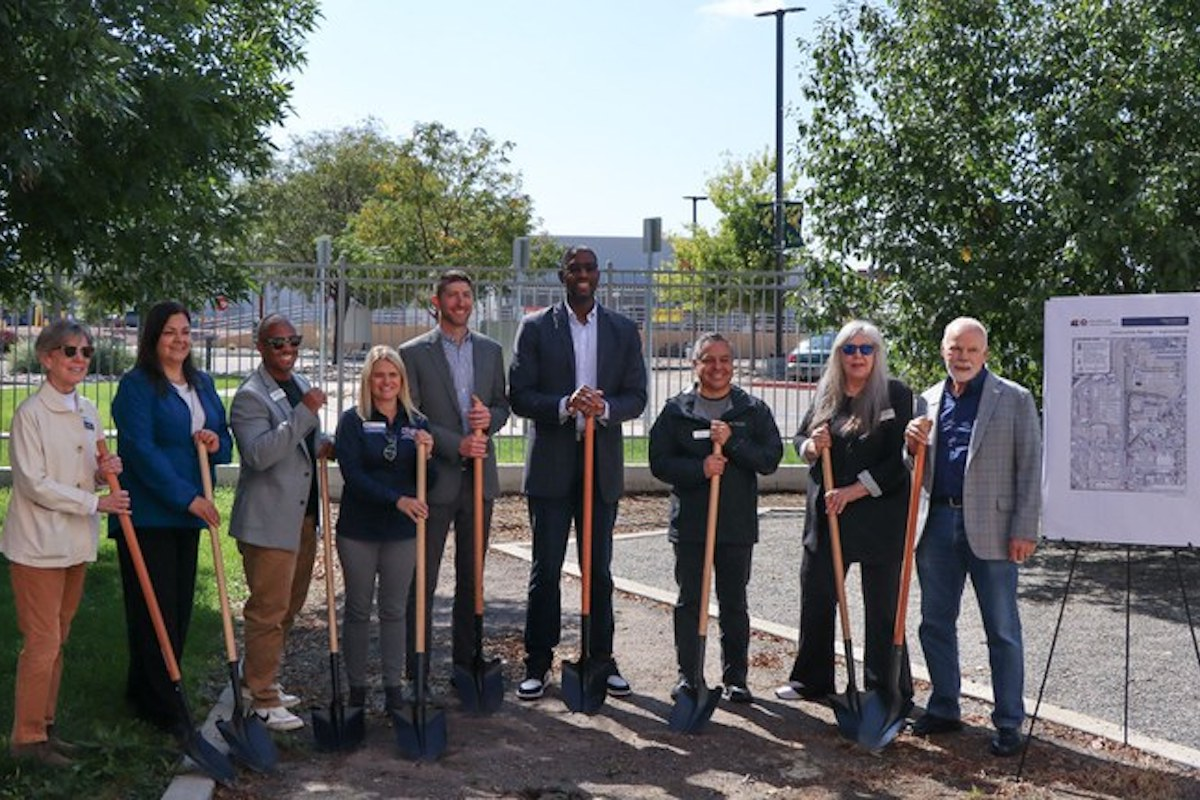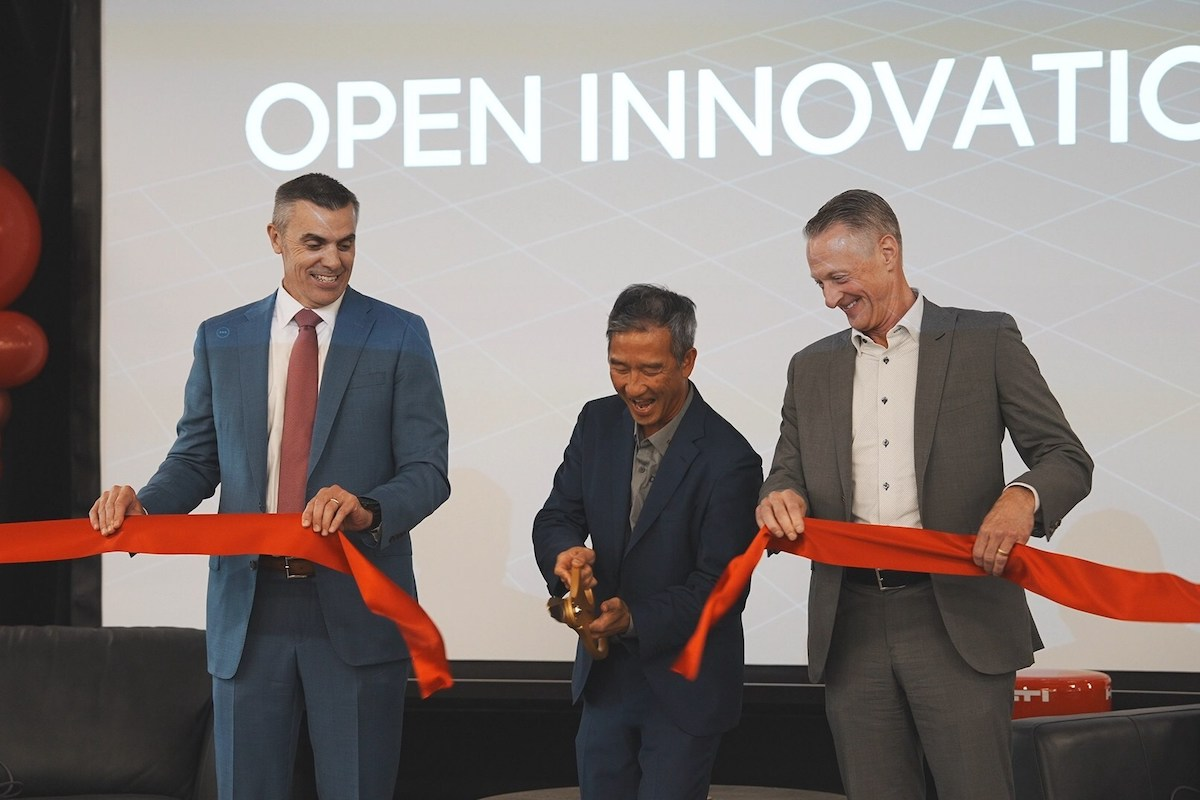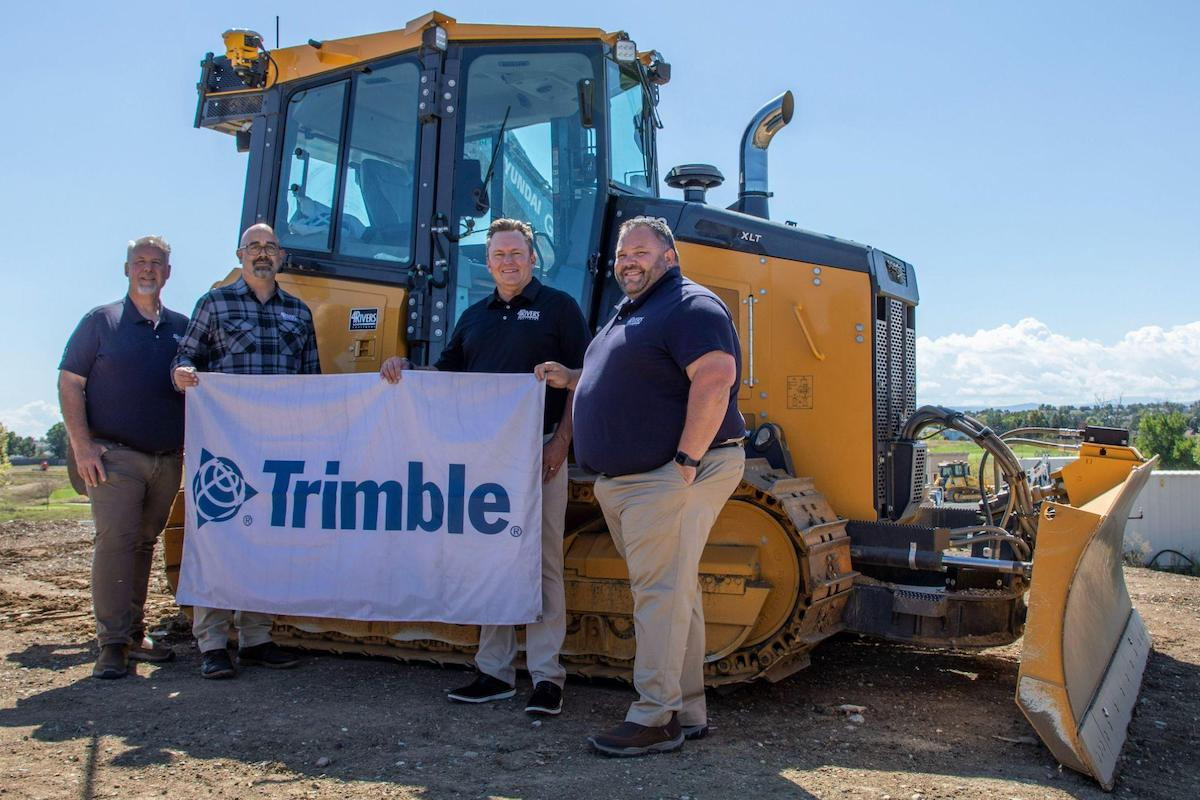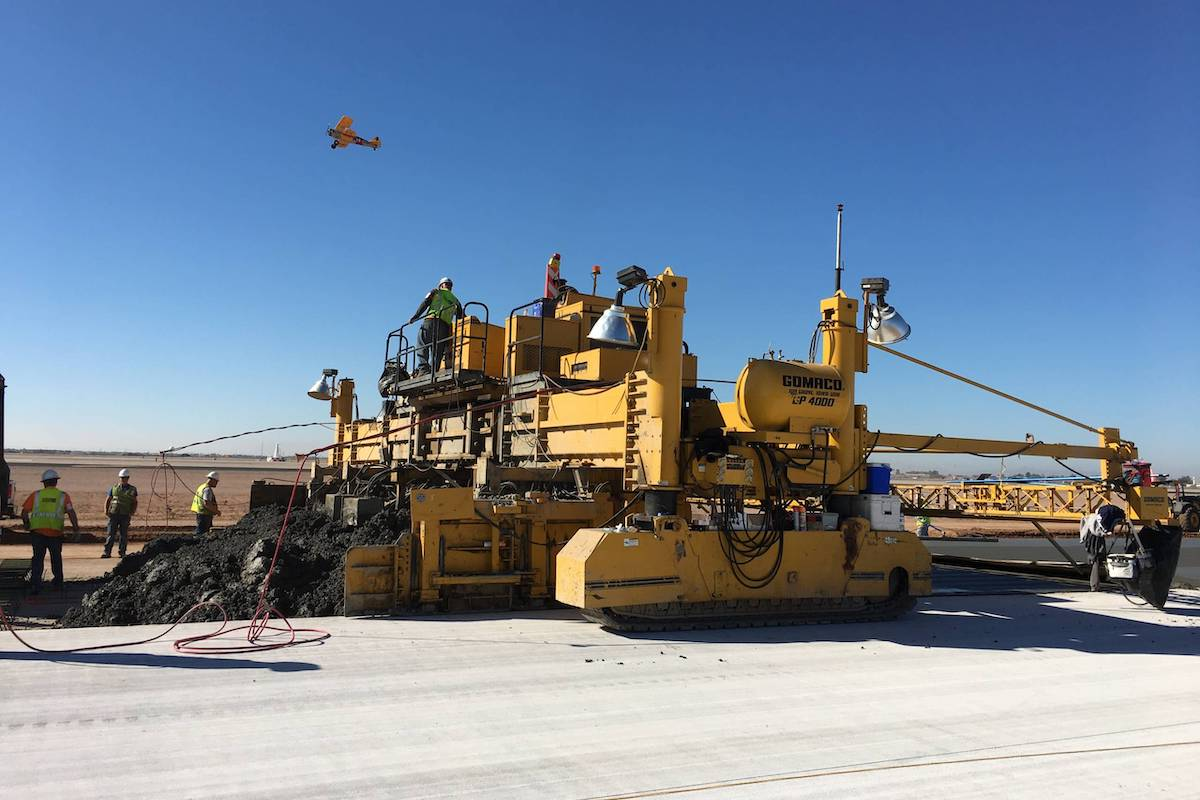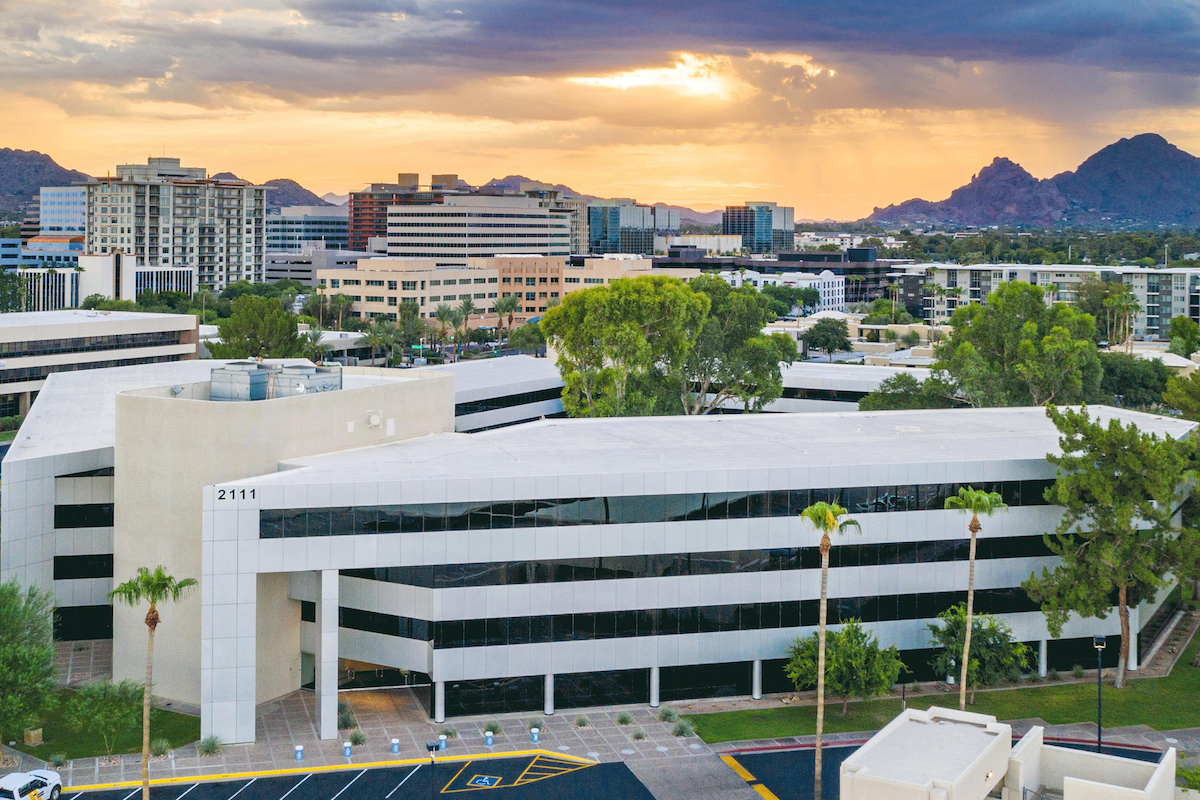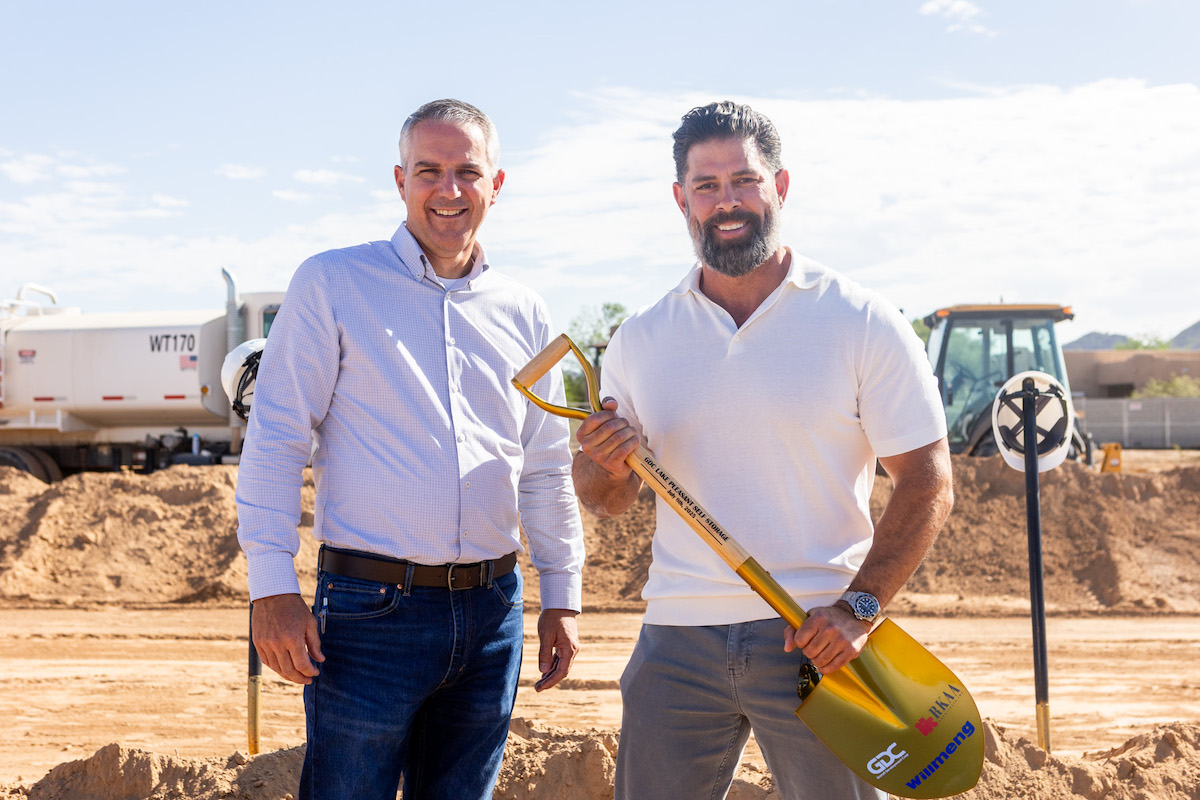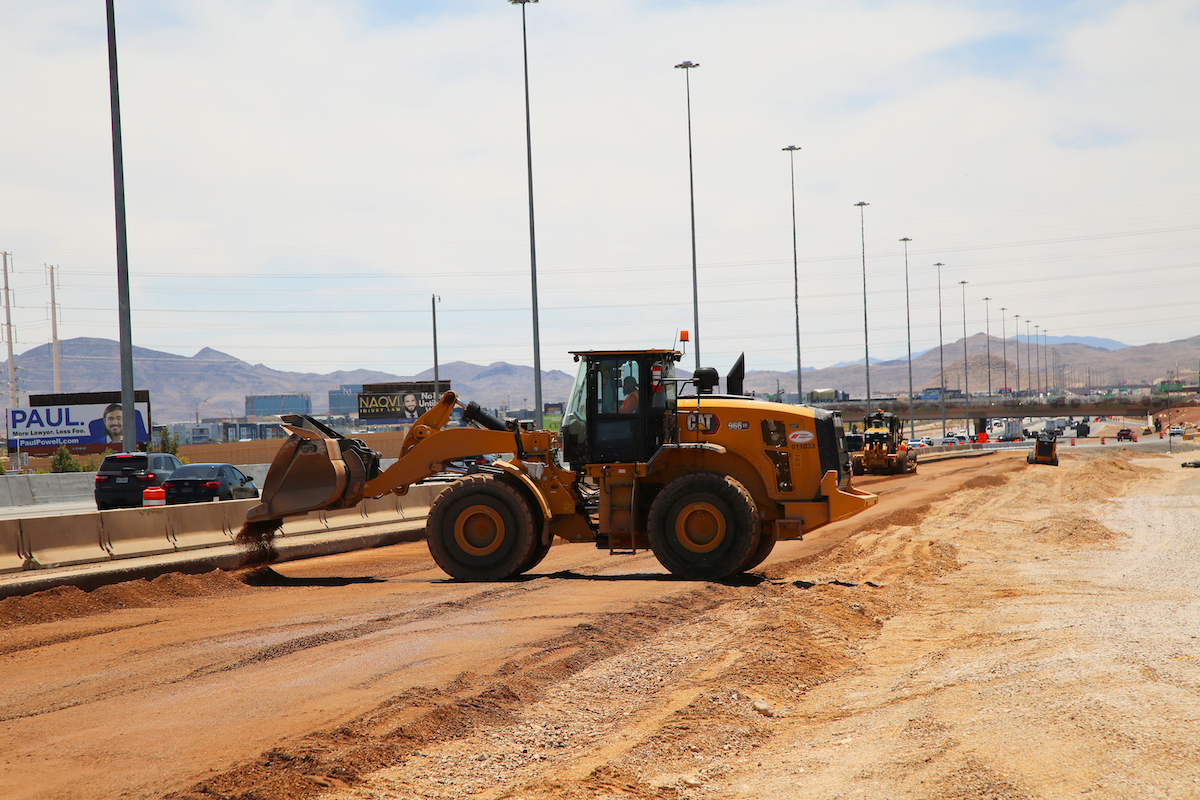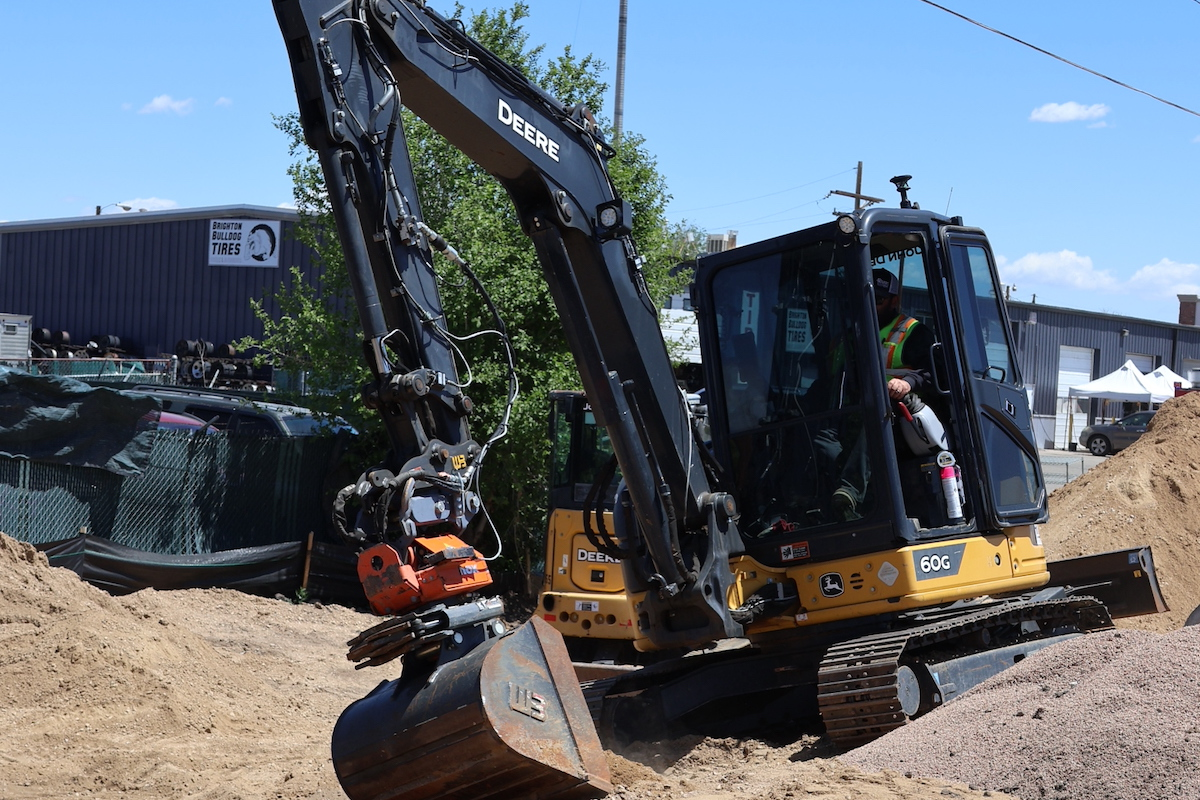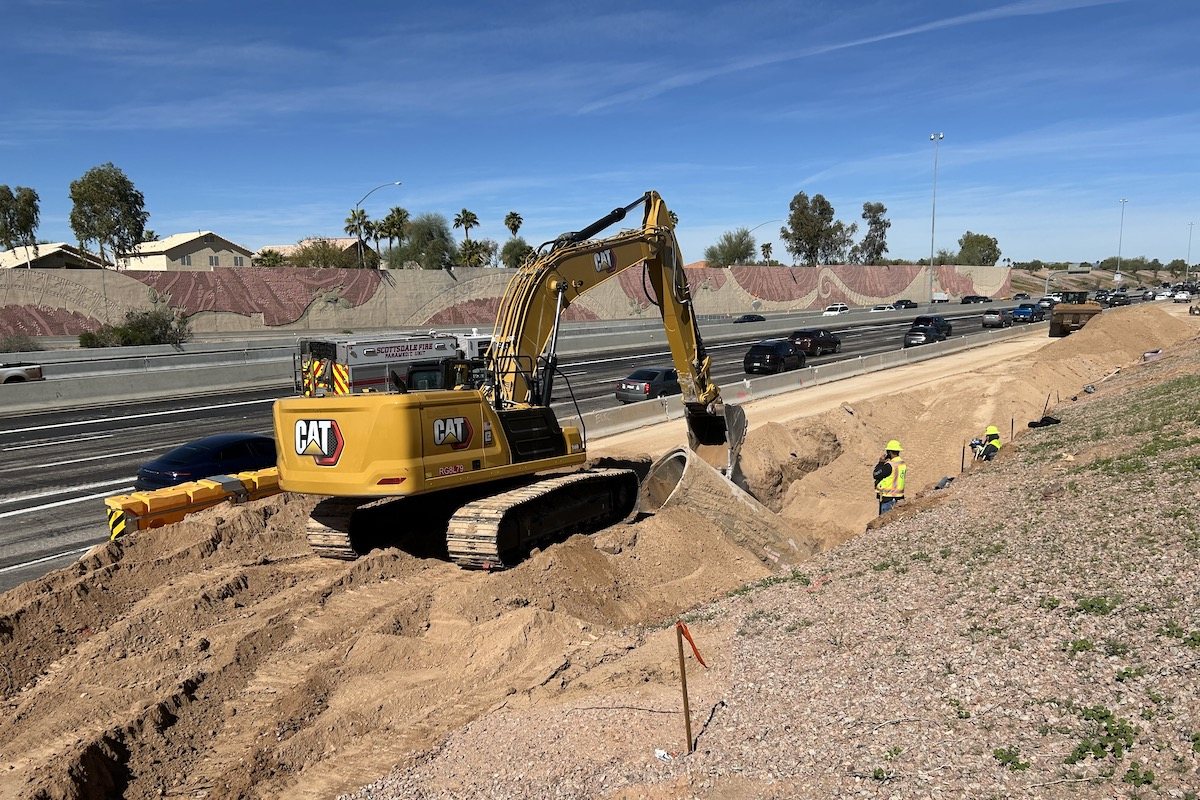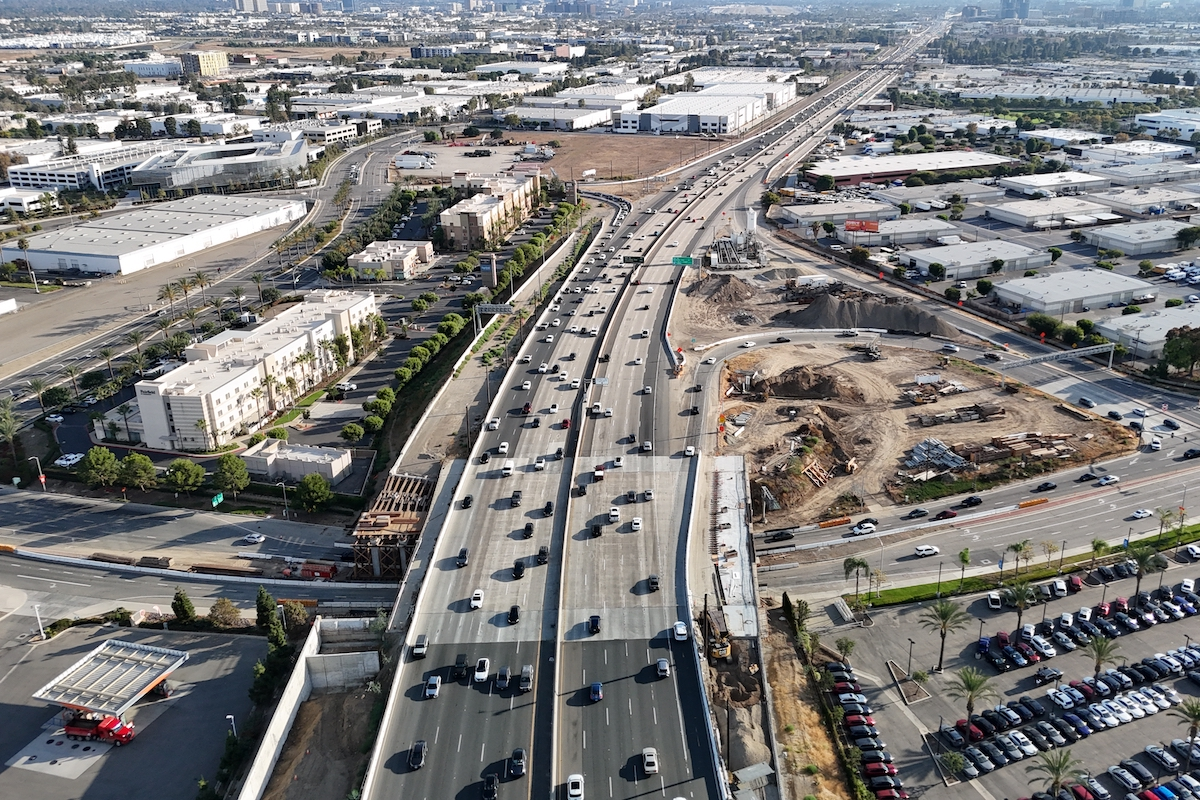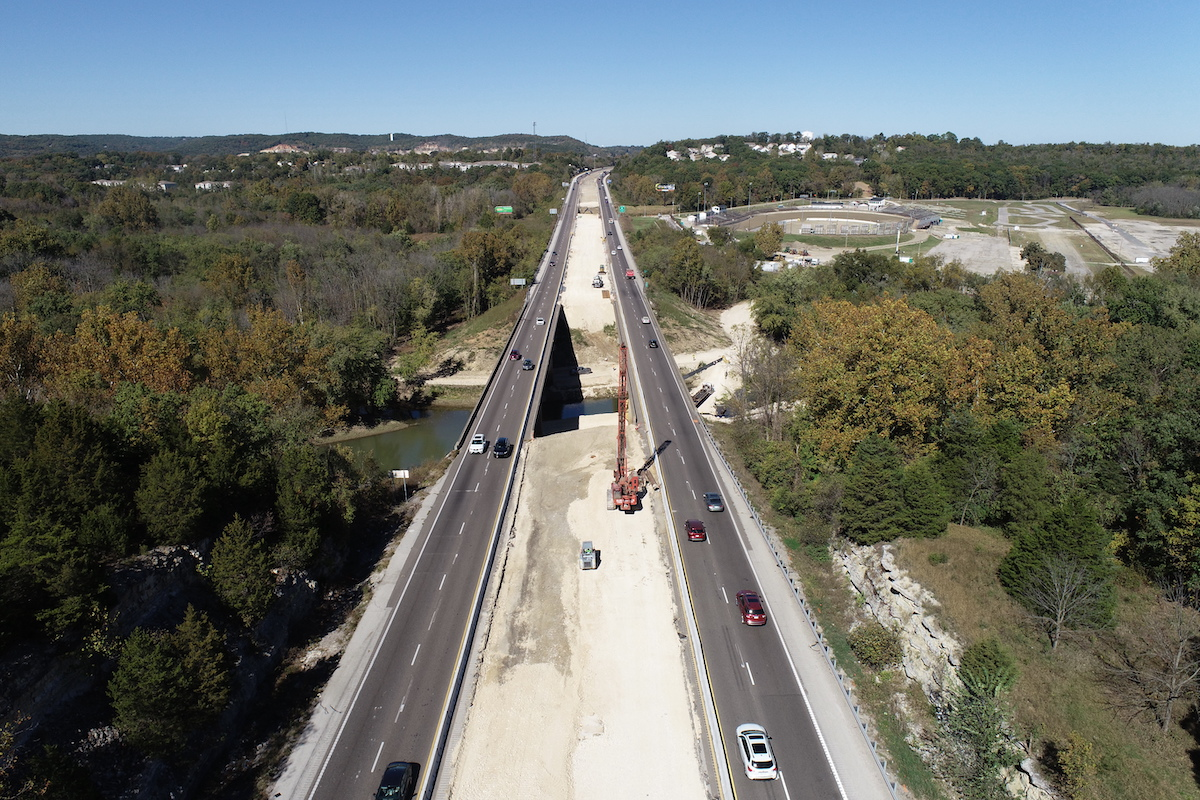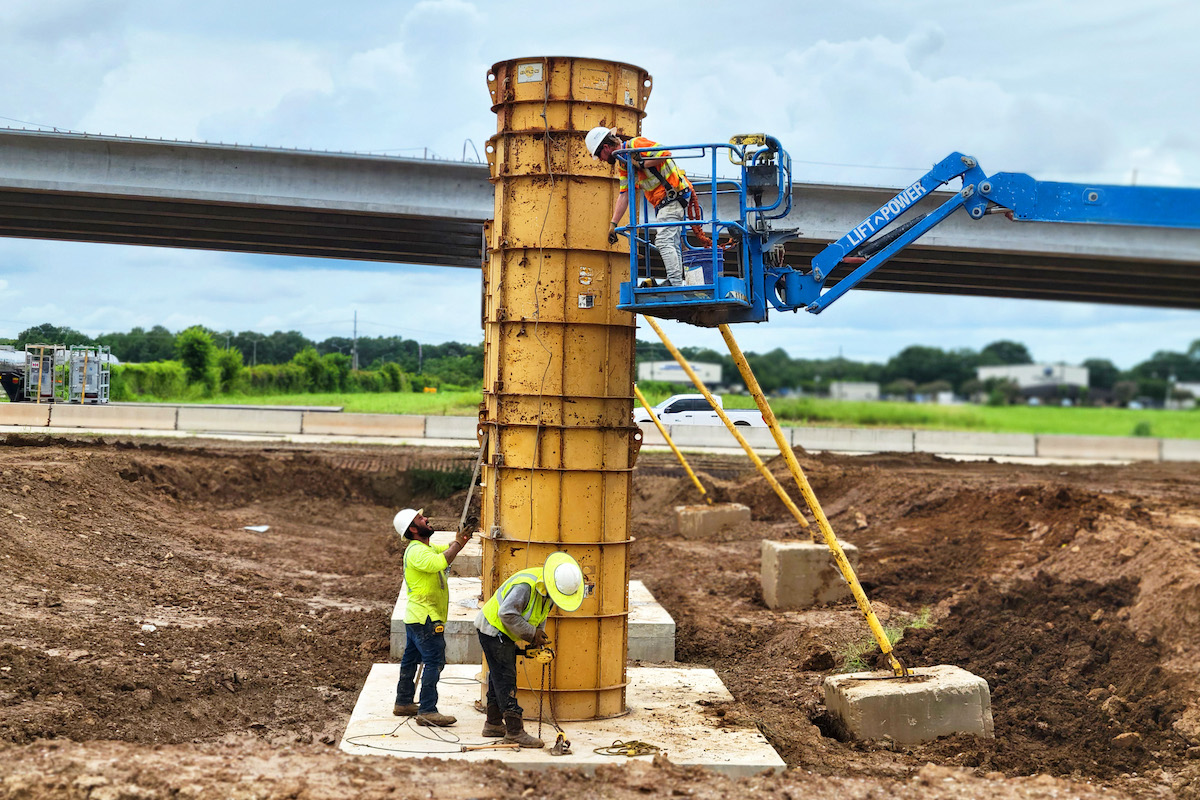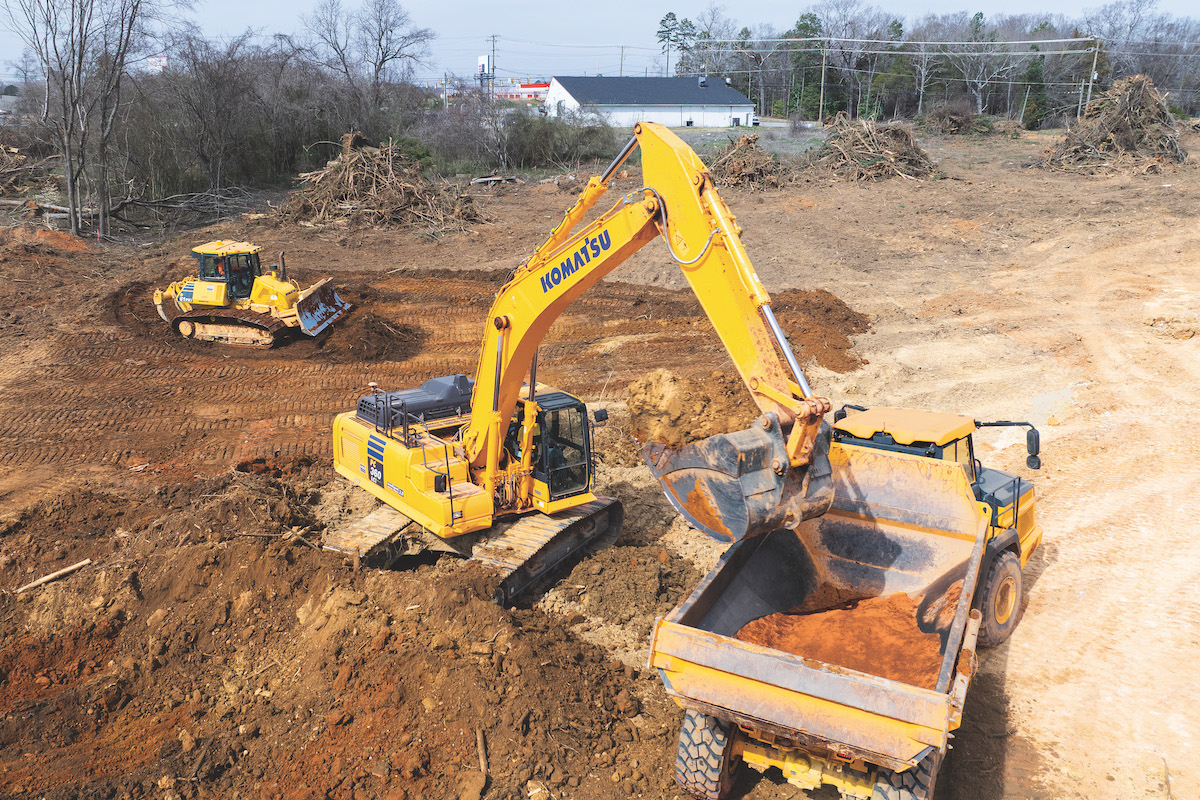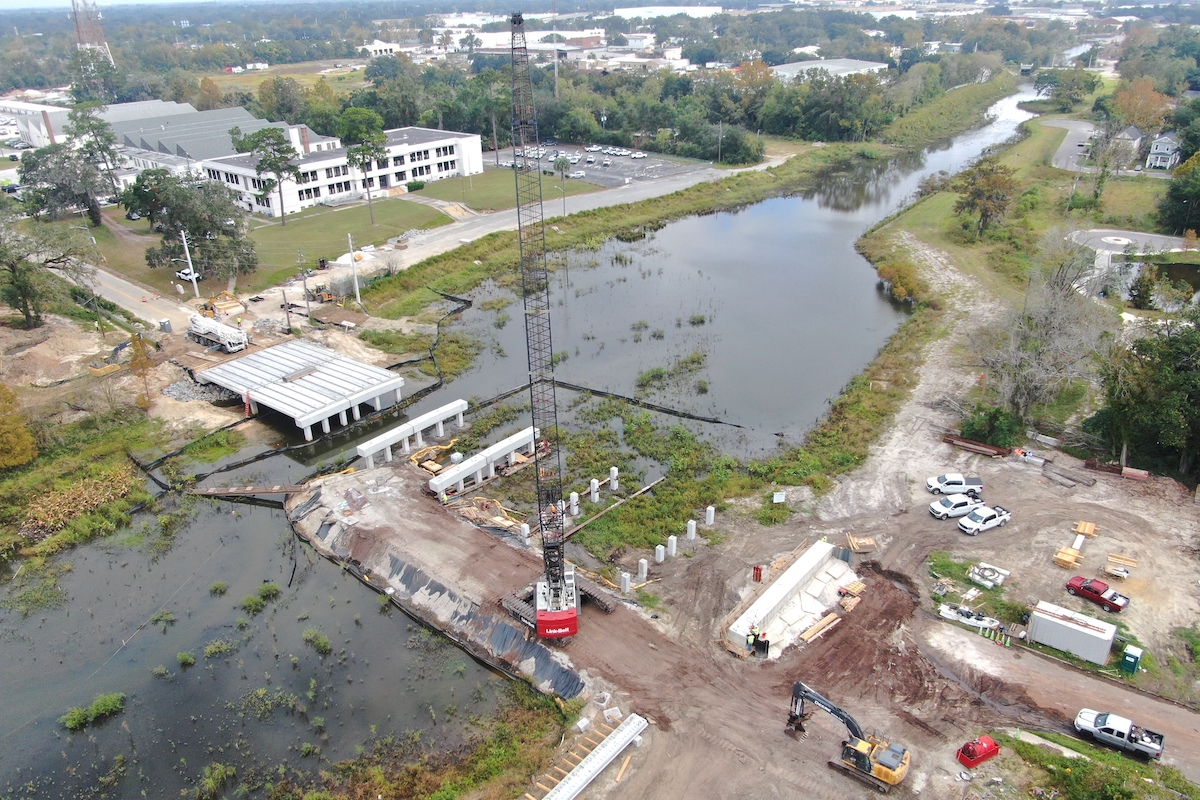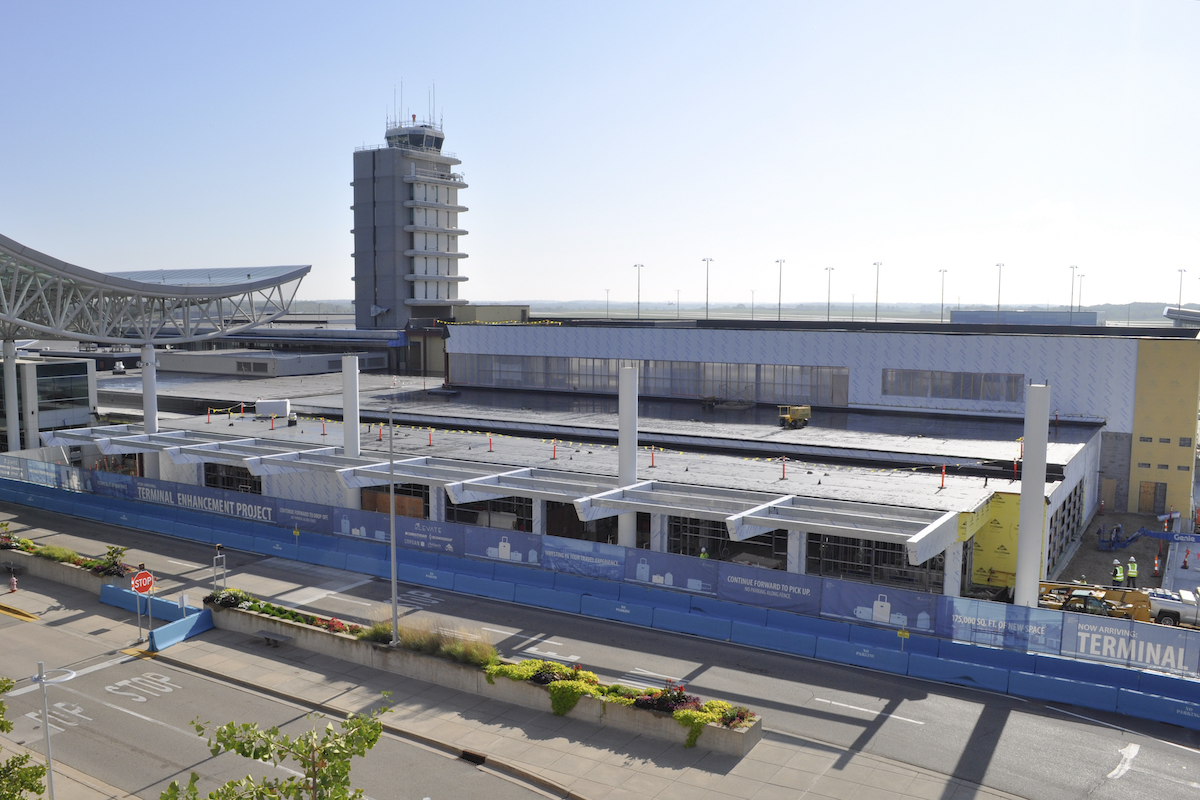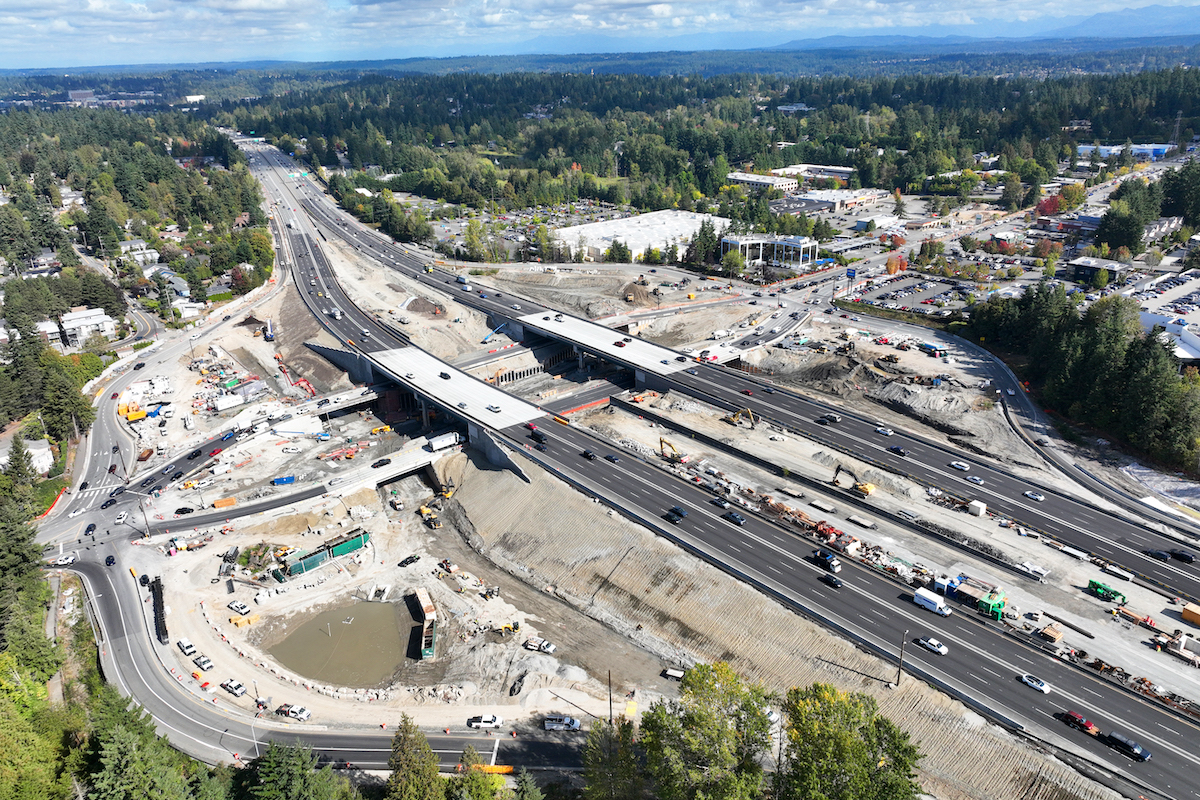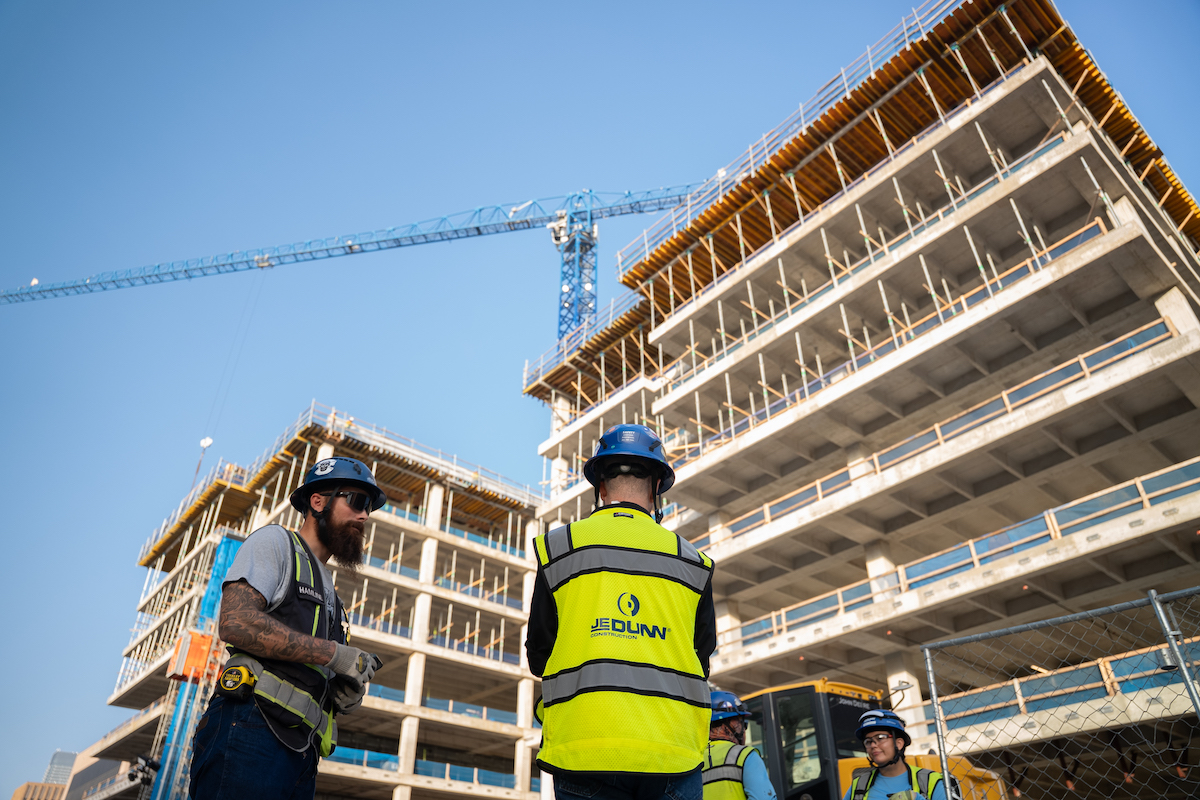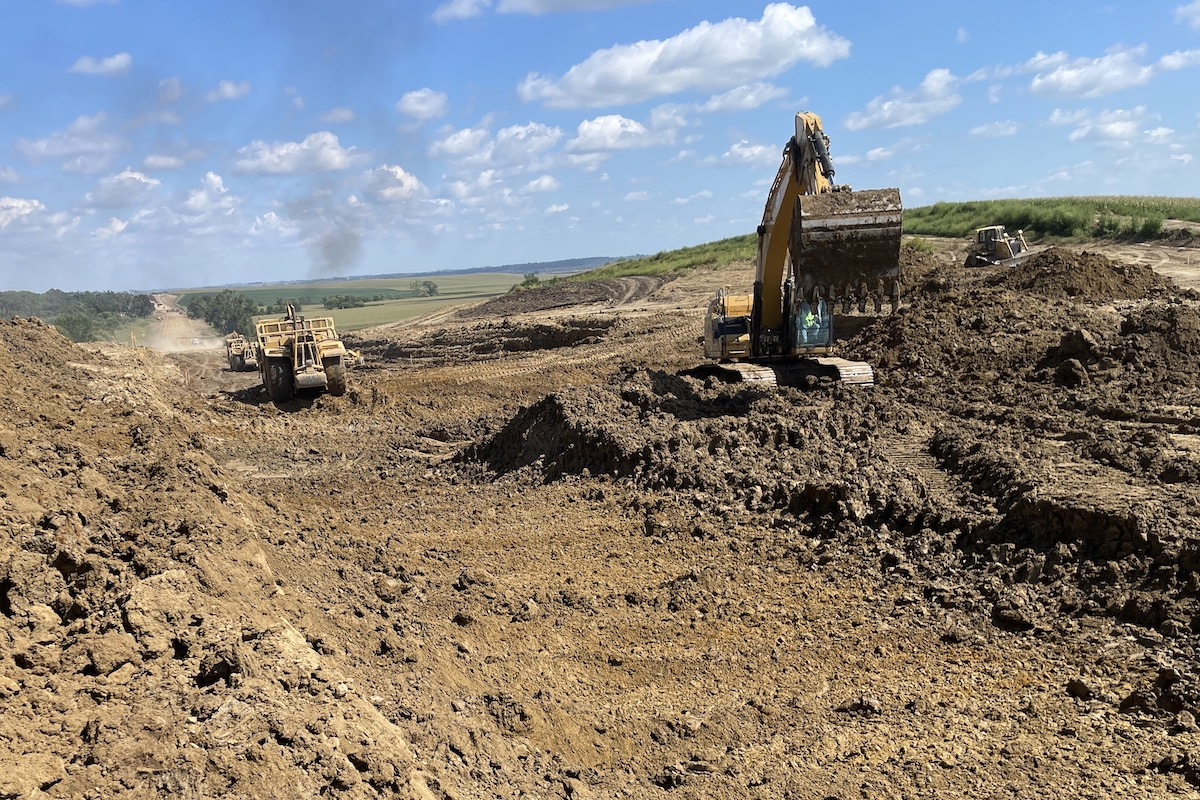Cement is the essential ingredient that underpins nearly every aspect of the built environment, supporting everything from towering skyscrapers and sprawling highways to sidewalks. As the frequency of severe weather and other natural disasters increases, the need for resilient, sustainable building materials has never been more apparent.
Recent events, like the devastating Pacific Palisades/Alta Dena wildfires that resulted in $500 billion in damages, highlight the urgent challenge cities face in adapting to these natural disasters. The Pacific Northwest, with its risks of wildfires, floods, extreme temperatures, and earthquakes, is no exception.
Alongside increased resilience needs, there is also growing demand for lower-carbon building materials. States and cities are passing “green procurement” regulations, and many companies have decarbonization goals.
As urban areas grow and infrastructure ages, the construction sector faces a critical question: how do contractors deliver on new construction while reducing environmental impact?
Blended cements like portland-limestone cement (PLC), also referred to as Type IL, is becoming increasingly popular as an effective option to use lower-carbon building materials while meeting strength and durability requirements. In 2020, blended cements like PLC made up only about 3 percent of the 100 million metric tons of cement used each year in the U.S. By 2024, they accounted for more than half of all U.S. cement consumption, a rapid shift that has already led to significant benefits.

| Your local Volvo Construction Equipment dealer |
|---|
| Faris Machinery |
For example, in 2023, over 3.9 million metric tons of carbon emissions were avoided by replacing traditional portland cement with PLC. This is about the same as the annual emissions from one coal-fired power plant, according to the U.S. Environmental Protection Agency. And specifically in Oregon and Washington, where PLC has been used for over a decade, more than 450,000 tons of CO2 have been avoided by replacing traditional portland cement with PLC.
By adopting blended cements like PLC, the construction industry can address current needs while also meeting future challenges, helping ensure that the infrastructure built today supports a more sustainable tomorrow.
PLC is an innovative type of cement engineered with a higher proportion of limestone compared to traditional portland cement. By increasing the limestone content, PLC reduces CO2 emissions by up to 10 percent compared to conventional cements.
PLC is designed to meet the same specifications and mix designs as traditional cement, allowing for integration into existing construction practices without the need for major adjustments. As a result, PLC is now widely manufactured and distributed across North America, making it a readily available and practical solution for more sustainable construction.

| Your local Trimble Construction Division dealer |
|---|
| SITECH Northwest |
| SITECH Rocky Mountain |
| SITECH Southwest |
PLC can be used anywhere traditional portland cement is specified, from homes and commercial buildings to highways and runways.
PLC has been thoroughly tested in the U.S. and abroad for durability and resilience, showing performance and applications similar to traditional cement when following well-documented mixture design and quality control practices. Contractors and suppliers should collaborate early, using trial batches and mock-ups to confirm strength, durability, and sustainability goals, especially on first-time projects.
When transitioning to PLC, it is important to:
- Use performance-based specs instead of prescriptive cement types.
- Test trial batches to ensure performance, as admixture dosages or mix proportions may need adjustment. Allow time and budget for mock-ups to test mixes on site.
- Collaborate with local suppliers early to account for regional material differences. This ensures understanding of regional material availability, potential supply chain challenges, and how local components might influence Type IL mix performance.
- Monitor slump loss and air content since higher fineness can affect these properties and may require changes in admixture dosages.
- Consider temperature effects on set time and strength development, as PLC mixes may respond differently in hot or cold weather.
- Watch for lower bleed rates and avoid finishing too early, which can trap water and cause surface issues.
- Use test sections or mock-ups to better understand timing, as set times may be extended.

| Your local Bobcat dealer |
|---|
| Ditch Witch West |
| Faris Machinery |
| Romco Equipment Co |
When it comes to finishing, make sure the crew is aware that a new type of cement is being used. They should:
- Carefully monitor bleed water in terms of both amount and timing
- Not use steel trowels
- Avoid overfinishing
- Ensure proper curing especially during increased or decreased temperatures
Field testing proves that low-carbon concrete is practical and scalable when teams work together and plan ahead. In reality, using PLC and incorporating it into projects is not much different than the best practice process used when getting cement from a new supplier.
The Northwest Cement Council is a resource for those interested in learning more about working with PLC. The organization offers a number of live demonstrations showcasing how blended cements, like PLC, perform. Upcoming events include contractor placing days, to be held in the fall in numerous locations around Oregon.

| Your local Gomaco dealer |
|---|
| Faris Machinery |
| Tri-State Truck & Equipment Inc |
While PLC adoption among commercial and private projects varies across the country, the material itself has been in use for decades. Across the Pacific Northwest, incorporating PLC into projects is delivering substantial carbon savings while maintaining the durability and performance required for major urban infrastructure.
For example, at the Southport Campus in Renton, Washington, using PLC in a mix of hotel, office, residential, and parking facilities resulted in 588 tons of CO2 saved over a total of 765,000 square feet.
Similarly, the Rainier Tower Square in Seattle, Washington — a 58-story skyscraper and the city’s second tallest upon completion — incorporated PLC throughout. The project achieved a reduction of 1,293 tons of CO2, equivalent to removing approximately 253 cars from the road for an entire year.
Finally, the Center for Basketball Performance, the practice center for the Seattle Storm WNBA Team, used ASTM C595 Type IL PLC in its construction. The addition of PLC is estimated to have carbon savings of 10 percent throughout the project's lifestyle, demonstrating PLC’s versatility across both heavy civil and vertical projects.

| Your local Volvo Construction Equipment dealer |
|---|
| Faris Machinery |
As of early 2024, all 50 state Departments of Transportation have formally approved PLC for use in their projects, though the cement blend has been in use for over a decade in some states.
In 2012, a 4-mile section of Iowa’s U.S. Route 30 was repaved with a 10.5-inch doweled PLC concrete pavement. The project actually used a ternary blend, leveraging three cementitious components, of which PLC accounted for two of the components along with an additional 20 percent Class C fly ash. Compared to a portland cement-only mix, this mix is estimated to further reduce CO2 emissions by 25 to 30 percent.
PLC is not just a lower-carbon alternative, it is redefining the future of sustainable construction. With PLC increasingly adopted by both public and private sectors, it stands to further reduce carbon footprints, foster innovation in construction, and establish a new standard for resiliency across the country. By embracing PLC, the industry can deliver the durable roads, bridges, and public works that communities need, while making significant strides toward a more sustainable future.

